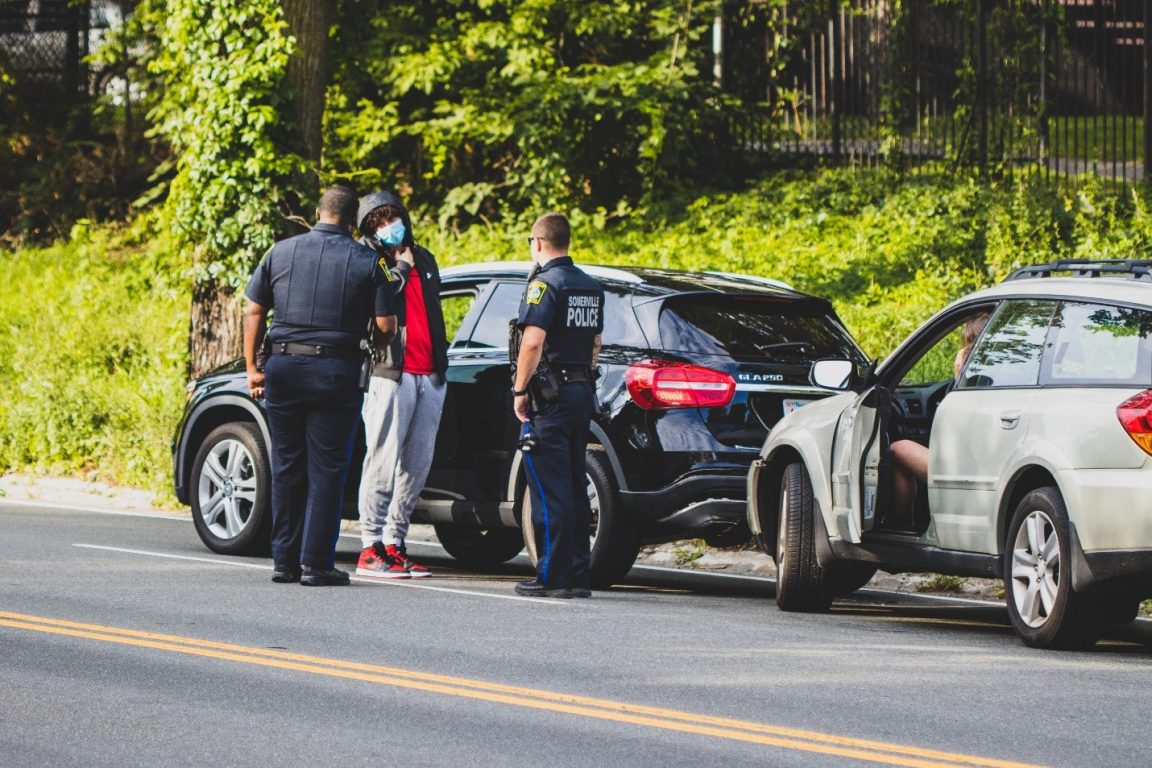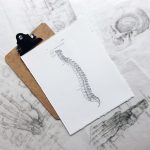Auto accidents aren’t always what they look like – accidents. Sometimes, people stage accidents for money. They fake car accidents and file fake vehicle claims against you and your insurance company. If you don’t do all things right at the right time, you’ll find yourself in a lot of trouble with your insurance company.
If you were in an accident recently where you or the other driver wasn’t hurt (that’s what it looked like) and there was no substantial damage to the vehicles, you may not expect to receive a personal injury claim against you. But if you did, you’re most likely a victim of a fake vehicle claim. The other driver is trying to make money by faking damages and injuries, which never happened. In this case, you’ll need an experienced auto accident lawyer by your side.
This blog discusses what fake vehicle claims look like and how you can protect yourself in 5 simple steps.
What are Fake Vehicle Claims?
Fake vehicle claims are when someone lies about an accident to receive an insurance payout. Some of the situations that fall under fake vehicle claims include:
- Staging an accident, that is, deliberately making the vehicles collide or having a pedestrian deliberately walk in front of your vehicle
- Exaggerating injuries
- Pinning old injuries to the accident
- Pinning pre-existing vehicle damages to the accident
- Reporting an auto accident that never happened
You’ll appear at fault if you don’t have enough proof to show that what the other driver is claiming isn’t true. Your insurance company may not cooperate and be willing to pay damages to the other party when you look guilty, and worse, you might have to pay a major chunk of the claim out of your pocket. Fake vehicle claims are categorized as insurance fraud – something you wouldn’t want to land in.
What To Do in the Case of False Vehicle Claims?
False vehicle claims can cause a lot of undue stress for you. In most cases, people don’t collect any proof or take any steps proactively following accidents without visible signs of damage or injury. And when they receive personal injury claims from the other party, they’re empty-handed, with no evidence to prove what actually happened.
It’s important to prepare for fake vehicle claims, even if there are no claims in the future, just to be safe. Let’s look at the five steps you must follow to reduce the likelihood of becoming a victim of this type of insurance fraud.
Step 1: Report the Accident to the Police
The first thing that you should do after being in an accident, no matter how small it looks, no matter if you or the other driver isn’t hurt, no matter if the vehicles aren’t damaged, is to report the accident to the police. Call 911 right away and inform the police that there has been an accident and you would appreciate it if they could come down to the site.
The police will file a report with the initial findings of their on-site investigation. Now, if the accident was staged to make you look guilty, the police report will state so. But you need not worry. Who the police think is at fault isn’t really important, as in the case of claims. The insurance company will conduct its own investigation. The police report will only prove that you documented the accident and that you wouldn’t have reported it yourself if you were at fault.
Even if the other driver tells you ‘it’s nothing’ and that you shouldn’t call the police, you must still do it!
Step 2: Take Pictures and Collect Proofs
The next thing you need to do to reduce the chances of fake vehicle claims is to take pictures of the accident site. Your pictures should capture the vehicles in the exact position, the damages (if any) to the vehicles, and the surroundings to show a third person what the accident site looked like. These pictures will be the most important proof to show your insurance company what really happened.
You can also record witness statements on your phone. If the other driver deliberately did something that caused an accident and there were witnesses around, you’ve got a strong case. Your witnesses can also give statements about how fit (or injured) the other driver looked right after the accident. If they don’t look injured and they later exaggerate their injuries, you’ll have proof that the driver looked just fine when the accident happened.
Step 3: Call Your Insurance Company
Once you’ve reported the accident to the police and collected proof, call your insurance company right away to bring to their knowledge what just happened. Give them a brief account of how the accident happened, and make sure to point out your concern about the accident being deliberate and staged. Even if it’s not, and even if the other driver doesn’t file any personal injury claims against you, it’s always best to prepare for the worst. If the other driver files a fake vehicle claim, your insurance provider will have your back!
Step 4: Safeguard Your Personal Information
The fraudulent driver might try to overwhelm you to share your personal information to intimidate you. You should safeguard your personal information at all costs. Giving out personal information like credit card details, social security, and driver’s license information can lead to identity theft and further problems for you. Exchanging details of your insurance company and your contact details is alright.
Step 5: Call an Auto Accident Lawyer
If you suspect you’ll receive a false vehicle claim, get in touch with an auto accident lawyer and explain what happened to them. Your lawyer will do all the legwork for you. From collecting evidence that the claim is fake to ensuring you don’t have to bear any undue expenses for something you had no part in, your lawyer will make the situation less stressful for you.
Final Word
It’s always better to be prepared for false vehicle claims. You can never tell the other party’s intentions, so it’s always good to have the case sorted at your end.
You can visit our legal blog, Spirit One, to understand accident law better so that if you do find yourself in such a situation, you know what to expect.


